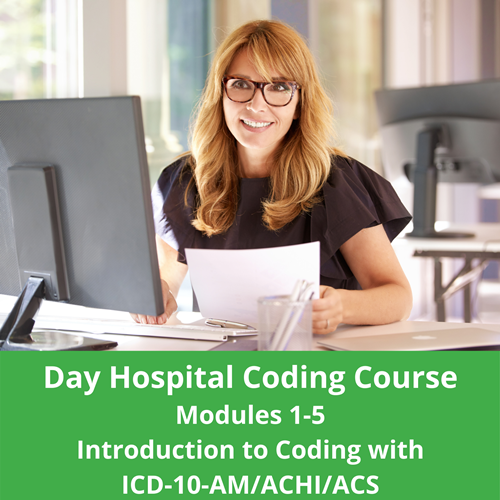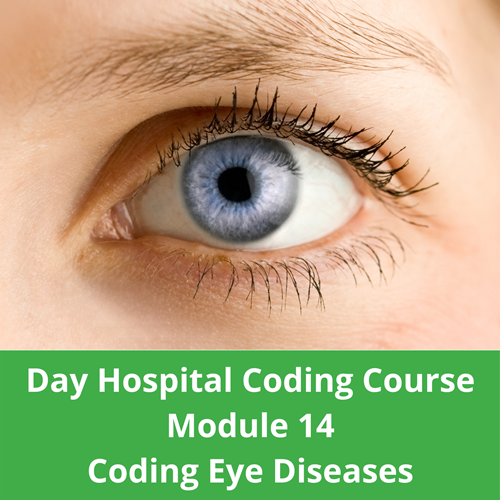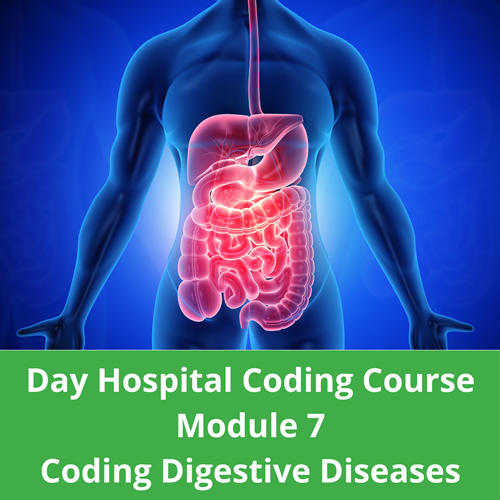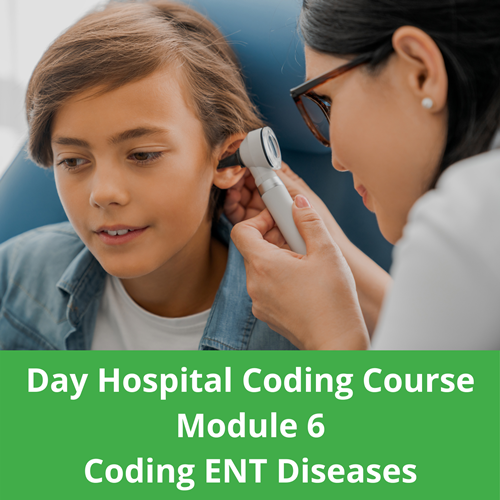Description
Module 1 – Introduction to Coding Diseases With ICD-10-AM
The Aim Of This Module
- Introduce the history of clinical classification and uses of clinical classification data.
- Explain the structure and content of ICD-10-AM.
- Introduce the rules and conventions associated with ICD-10-AM.
- Provide practice exercises in classification of diseases with ICD-10-AM.
The Objective Of This Module
- List the major uses of coded medical record data.
- Explain the difference between a statistical classification and a nomenclature or terminology.
- Describe the content of ICD-10-AM, the Australian Classification of Health Interventions (ACHI) and the Australian Coding Standards (ACS).
- Summarise the history and development of ICD-10-AM.
- Explain the structure of the chapters and codes of the ICD-10-AM Tabular List.
- Recognise and understand the meaning of conventions used in ICD-10-AM the Tabular List and the Alphabetic Index.
- Use the Alphabetic Index to locate relevant codes.
- Review the Tabular List to identify correct codes.
- Apply the dagger and asterisk coding convention for aetiology and manifestations.
- Apply relevant Australian Coding Standards to the classification of diseases.
Module 2 – Coding Procedures with the Australian Classification of Health Interventions (ACHI)
The Aim Of This Module
- Introduce the procedure classification, the Australian Classification of Health Interventions (ACHI).
- Explain the organisation and content of the ACHI Tabular List and Alphabetic Index.
- Introduce the rules and conventions associated with coding procedures in ACHI.
- Provide practice exercises in classification of diseases with ACHI.
The Objective Of This Module
- Describe the content of the ACHI Tabular List and Alphabetic Index.
- Summarise the history and development of ACHI including the difference between MBS and MBS-E/ACHI.
- Explain the structure of the chapters and codes in ACHI Tabular List.
- Recognise and understand the meaning of conventions used in ACHI Tabular List and Alphabetic.
- Use the ACHI Alphabetic Index to locate relevant procedure codes.
- Review the ACHI Tabular List to identify correct codes.
- Apply relevant Australian Coding Standards (ACS) to the classification of procedures.
Module 3 – Australian Coding Standards and Coding from the Medical Record
The Aim Of This Module
- Introduce the Australian Coding Standards (ACS) for ICD-10-AM and ACHI.
- Explain the rules associated with selection of principal diagnosis, additional diagnoses and general guidelines for classification of procedures.
- Describe the development and structure of a typical inpatient medical record.
- Provide practice exercises in classification utilising medical record information.
The Objective Of This Module
- Describe the content and organisation of ICD-10-AM, ACHI and the Australian Coding Standards.
- Apply Australian Coding Standards relevant to abstraction from medical records.
- Identify the principal diagnosis and principal procedure in medical record information.
- Abstract appropriate additional diagnoses for coding in a day surgery setting.
Module 4 – Coding Symptoms, Factors Influencing Health Status and Infectious Diseases
The Aim Of This Module
- Introduce the content of Chapters 21, 18 and 1 of ICD-10-AM
- Explain the use of Z codes in Chapter 21
- Explain the use of codes for symptoms, signs and abnormal clinical and laboratory findings in Chapter 18
- Explain how infectious and parasitic diseases are coded in Chapter 1
- Provide practice exercises in coding from Chapters 21, 18 and 1 of ICD-10-AM
The Objective Of This Module
- Locate appropriate Z codes from Chapter 21 of ICD-10-AM
- Identify when it is correct to use a Z code from Chapter 21
- Locate symptom and sign codes in ICD-10-AM
- Identify when it is correct to use a symptom or sign code in inpatient clinical coding
- Code infectious and parasitic diseases, including those that require multiple coding
- Code records of patients with HIV/AIDS and/or Hepatitis
- Apply relevant Australian Coding Standards to the coding of symptoms, factors affecting health status, and infectious diseases
Module 5 – Coding injuries and trauma, Medical complications, Adverse drug reactions and Sequelae with ICD-10-AM/ACHI
The Aim Of This Module
- Introduce the contents of Chapters 19, 20 & 22 of the ICD-10-AM Tabular List.
- Explain how injuries and medical complications are coded.
- Explain how poisonings are coded.
- Explain how external causes of morbidity are coded.
- Provide practice exercises in coding from Chapters 19, 20 & 22 of ICD-10-AM.
The Objective Of This Module
- Code records of patients with injuries including fractures, open wounds and burns.
- Code records of patients being investigated or treated for conditions that are the sequelae of injuries.
- Code records of patients who have injuries and conditions as the result of complications of medical and surgical care.
- Code records of patients with drug poisonings or adverse drug reactions.
- Apply supplementary codes for chronic conditions according to the Australian Coding Standards.
- Apply relevant Australian Coding Standards to the coding of conditions classified in Chapter 19, Chapter 20 & Chapter 22 of ICD-10-AM.






